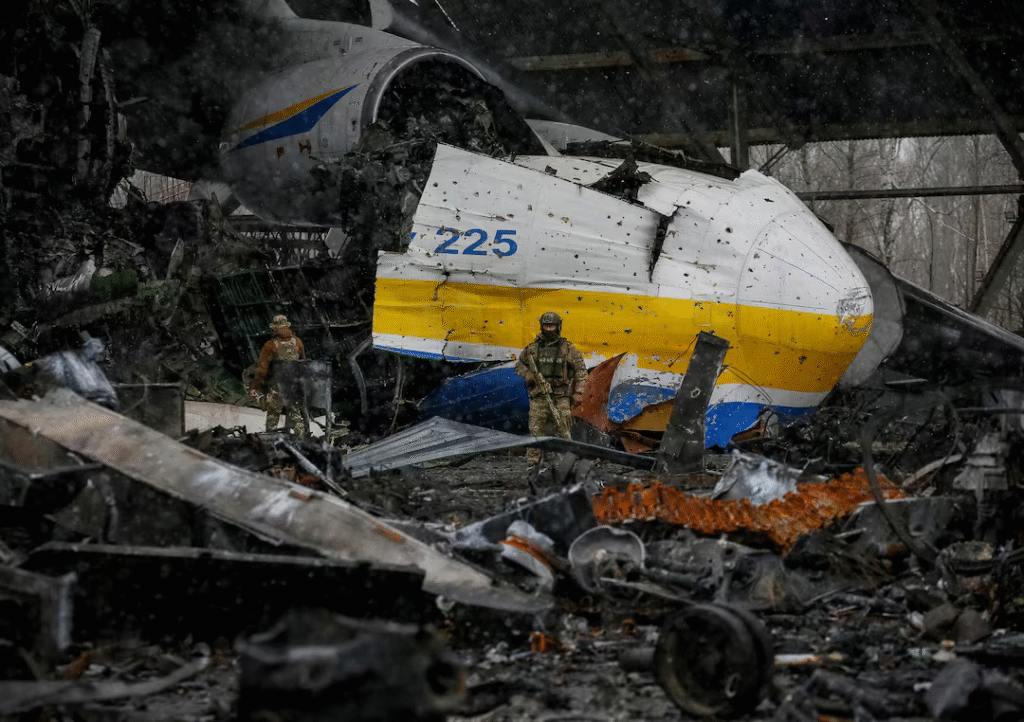
On June 1, 2025, Ukraine launched a bold and technologically advanced operation deep into Russian territory, known as Operation Spider’s Web. This mission marked a pivotal moment in the Russo-Ukrainian War, showcasing Ukraine’s growing capabilities in autonomous warfare and the innovative use of artificial intelligence. Organized by Ukraine’s Security Service (SBU) after nearly 18 months of planning, the operation involved the coordinated deployment of 117 AI-powered drones targeting five strategic Russian airbases Belaya, Dyagilevo, Olenya, Ivanovo Severny, and Ukrainka. These bases, some located up to 4,300 kilometers from Ukraine, housed critical military aircraft, including Tu-95 and Tu-22M3 bombers, many of which were capable of launching nuclear cruise missiles.
What set Operation Spider’s Web apart was not just its reach, but its method. According to reports, Ukraine ingeniously concealed the drones inside modified wooden sheds, which were transported across borders on civilian trucks. Once these vehicles reached designated staging areas near the Russian airbases, the drone compartments were remotely opened, launching autonomous UAVs toward their targets. These weren’t conventional drones they were AI-driven and equipped with first-person view (FPV) systems, allowing them to avoid radar systems, adapt mid-flight, and strike with surgical precision. Each drone sortie cost roughly the equivalent of 10 iPhone 16 Pros, making this one of the most cost-effective yet devastating air campaigns of the war.
The results were significant. Ukraine claims the operation destroyed or disabled over 40 Russian military aircraft, including a substantial portion of Russia’s long-range strategic bombers. The estimated financial damage exceeded $7 billion, and military analysts noted that about one-third of Russia’s strategic cruise missile launch capability was neutralized. This represents one of the most damaging single-day aerial losses suffered by Russia since the war began.
Reactions were swift. President Volodymyr Zelensky praised the operation as a “historic achievement,” reinforcing Ukraine’s ability to strike far beyond the frontlines. Russian officials acknowledged some damage but downplayed its extent, labeling the strike as an act of sabotage. Globally, defense experts highlighted this operation as a harbinger of modern warfare, emphasizing how artificial intelligence and low-cost drone swarms can challenge even the most well-defended state infrastructure.
In essence, Operation Spider’s Web illustrates a transformative shift in military strategy where precision, innovation, and automation can trump brute force. It sent a clear message: Ukraine, though vastly outmatched in traditional firepower, is capable of reshaping the battlefield through bold tactics and emerging technologies. As nations observe and analyze this operation, it’s evident that the future of conflict may rely more on code and drones than tanks and missiles.